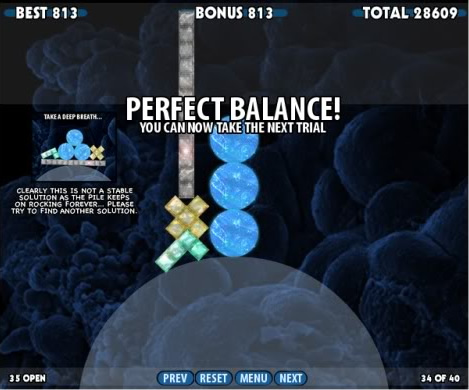

Your aim should be to become as stable as possible by doing balance exercises consistently, without having to rely on any assistive devices (walker, cane, etc.).Īn aim that is entirely possible by putting in the work of doing the correct balance exercises.


(The diagrams above are examples of static balance.)Ģ) Dynamic Balance - The ability to balance while moving, e.g., walking or reaching forward.īoth types of balance are equally important and both need to be practised to have great balance.

There are two types of balance static balance and dynamic balance.ġ) Static Balance - The ability to balance while at rest, e.g., standing still on the spot. To increase our base of support, we can hold onto the chair in front of us to provide more stability and lessen our chance of falling. We can also decrease the base of support in exercises, to make them more challenging, which, over time, will help improve balance. It now becomes easier for us to lose balance and fall. It is much easier to sway outside of the limits of stability (blue lines). Here is another picture to help you understand everything a little better:īy decreasing our base of support, (standing on one leg), we decrease stability. What happens when we are trying to balance in challenging positions? We sway from side to side. Using a cane or a walker makes us sturdier, why? Because we have increased our base of support by increasing the area within the support surface (that being the floor).ģ) Sway - The horizontal movement (red arrows at the top of diagram 1) between each side of the centre of gravity (green line) even when a person is standing still. Standing with our feet apart makes standing a whole lot easier because it increases our stability. In this photo (yellow line), my feet are together- a reduced base of support, which means less stability.Ī wider base of support increases our stability. The lower our centre of mass, the easier it is to stay balanced.Ģ) Base of Support (BOS) - The area beneath a person that includes every point of contact that the object or person makes with the supporting surface. So make sure you join up!ġ) Centre of Mass – The easiest way to think of our centre of mass is the point where our weight is concentrated most (orange circle in diagram 1). To make it easy for you I create workouts for mailing list subscribers. Pledge to incorporate at least 5-10 minutes of balance work into your life a few times each week. If you want to improve your balance, read the article and undertake what's set out in this article. Just reading what's here and trying the exercises maybe once will not help you improve your balance.
Perfect balance walkthrough how to#
PART 3: HOW TO IMPROVE YOUR BALANCE OVER 60īefore we get started, remember, this guide will only help you if you apply these strategies. Oh, and by applying what's in this guide, not only will you build great balance, the same exercises help you get stronger, fitter, look better, feel better and increase your confidence!Ģ.1 EQUIPMENT TO IMPROVE AND TEST YOUR BALANCE You don't need special equipment, and you don't need to join a gym. In this guide, I will teach you all you need to improve your balance, show you how you can test your current balance and give you all that is required to begin balance training and keep you balancing well, for life! YOU CAN IMPROVE YOUR BALANCE, NO MATTER YOUR CURRENT CAPABILITIES! With good balance, you can go about your days effortlessly!Īs we get older, however, it's common for our balance to worsen, which means life becomes harder (and not to mention more dangerous)!īut, BALANCE IS A SKILL! A SKILL THAT CAN BE RE-TRAINED AT ANY AGE! Good balance is essential to keep you steady on your feet, prevent falls and ensure you get the most out of life!


 0 kommentar(er)
0 kommentar(er)
